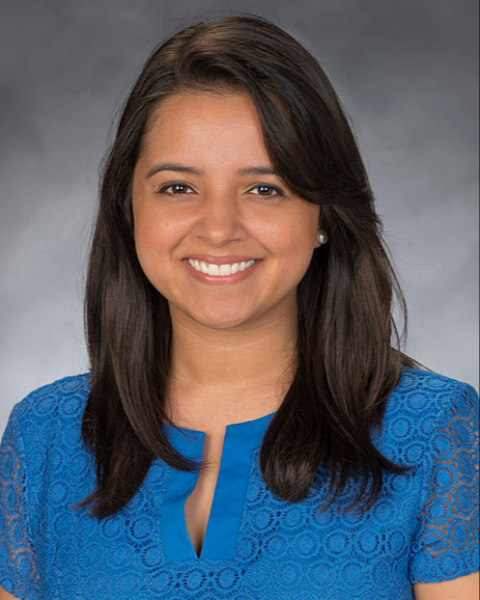Research (R)
PP1328 - Public Transportation Access to University Audiology Clinics

Laura Gaeta, PhD
Assistant Professor
California State Univeristy, Sacramento
California State University, Sacramento
Sacramento, CaliforniaFinancial Disclosures: I do not have any relevant financial relationships with anything to disclose.
Non-Financial Disclosures: I do not have any relevant non-financial relationships with anything to disclose.
Lead Presenter(s)
Access to health care, including audiology services, is an important public health issue, and limited public transit options create an additional barrier around accessibility. The present study recorded the distance and access to public transportation for university audiology clinics in the United States. Implications for healthcare accessibility as it relates to infrastructure and distance and travel times will be discussed.
Summary:
Access to health care, including audiology services, is an important public health issue. In urban areas where individuals may not own a car due to affordability or in rural areas where individuals must travel long distances, inequities around healthcare access exist (Sibley & Weiner, 2011). Healthcare accessibility can be measured in a variety of ways including distance (e.g., Apparicio et al., 2008). For example, Apparicio et al. reviewed road networks to estimate travel time and distances to the local hospital as a measure of the accessibility. Individuals with long travel times to clinics are at increased risk for mortality and may not seek care (Alegana et al., 2017; Nemet & Bailey, 2000; Thaddeus & Maine, 1994). For individuals with chronic conditions, in particular, multiple visits are necessary, so transportation is a barrier that must be considered. The Health Research and Educational Trust (2017) identified five main barriers to health care access: cost, infrastructure, vehicle access, distance and time burden, and policy. To explore the infrastructure and distance and time burdens in audiology, the current study determined the distance and access to public transportation for university clinics in the United States.
For each university audiology clinic, the nearest bus stop and rail station were identified. Using Google Maps, the distance and estimated walking times were recorded. For bus and rail service, the average wait time between buses or trains was also categorized as low ( >15 minutes), medium (between 6 and 15 minutes), or high (< 6 minutes). Data collection has finished and analysis will be complete by winter 2022.
The results of this study will add to the literature on healthcare disparities due to public transportation and access barriers. As we emerge from the COVID-19 pandemic, it is important to consider these barriers, particularly as patients may have been unable to meet healthcare appointments due to unavailability of transportation. These patients may have become more dependent on public transportation options, especially those who were unable to utilize telemedicine appointment options. Furthermore, from an access standpoint, legislative cuts to public transportation affect individuals who previously used these alternatives, including underrepresented groups, low-income workers, and those who do not own a vehicle (Martin et al., 2016; Manville et al., 2018). In audiology, although telemedicine alternatives exist, visits for some appointment types are restricted to in-person. Individuals with low health literacy may be unwilling or unable to utilize telemedicine, which is another barrier that must be considered when discussing access to clinical services. This poster presentation will also address the implications of low healthcare accessibility specific to the field of audiology.
Learning Objectives:
- Discuss how public transportation options for university audiology clinics affects healthcare accessibility.
